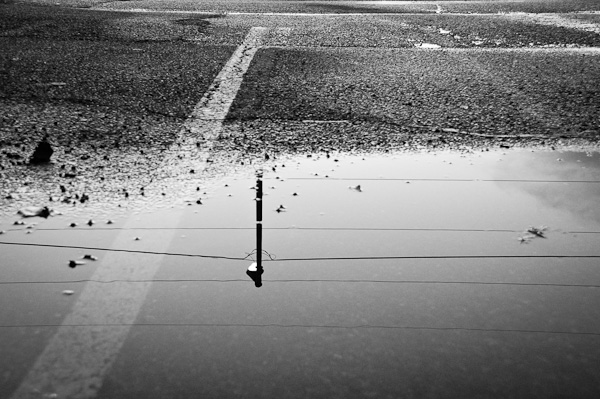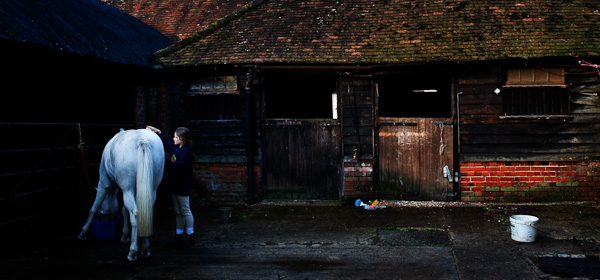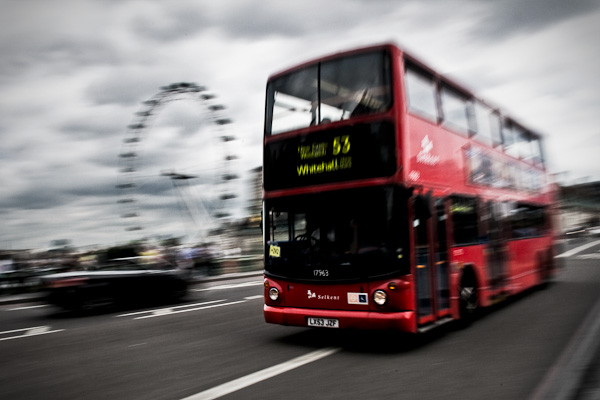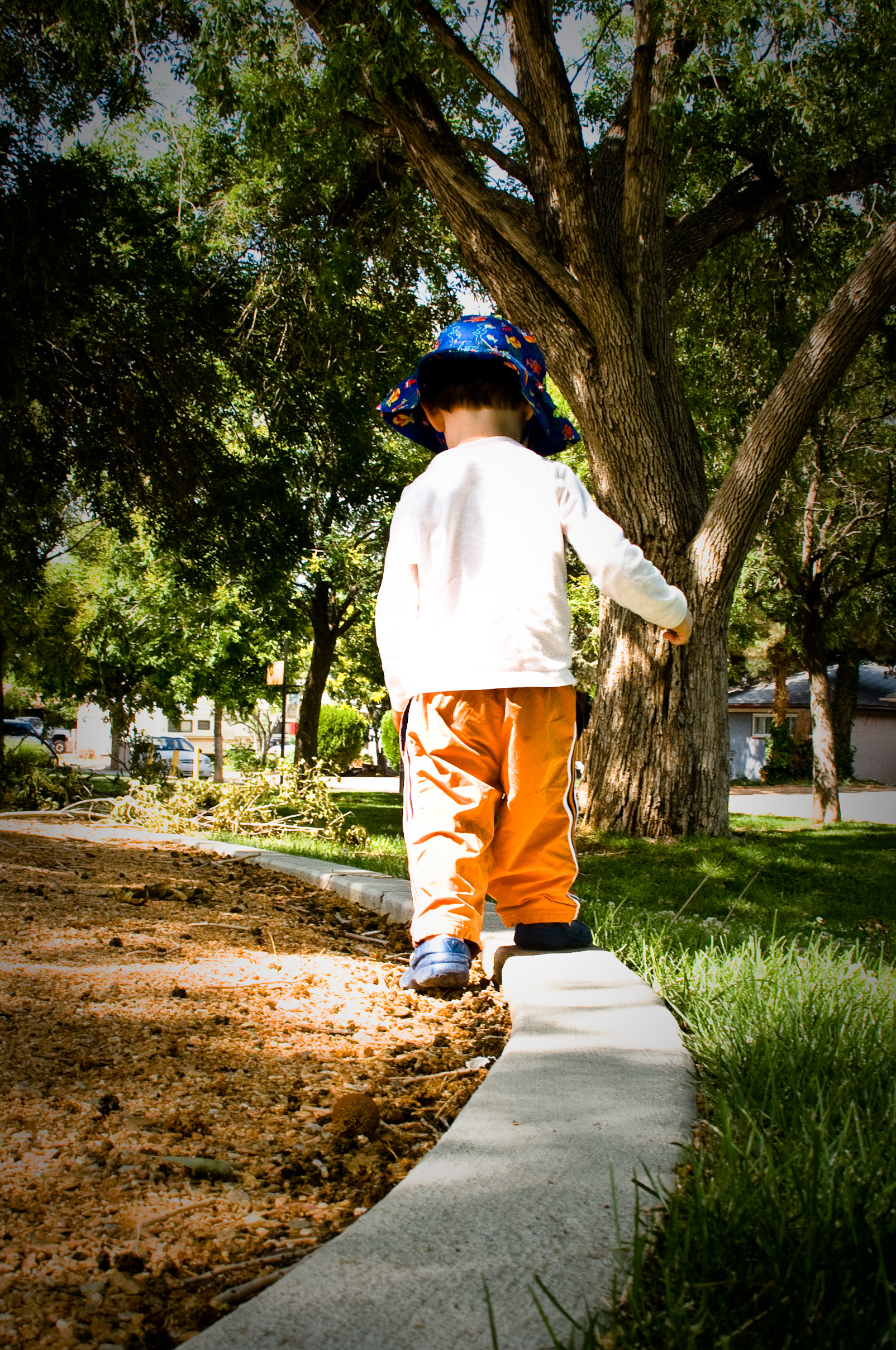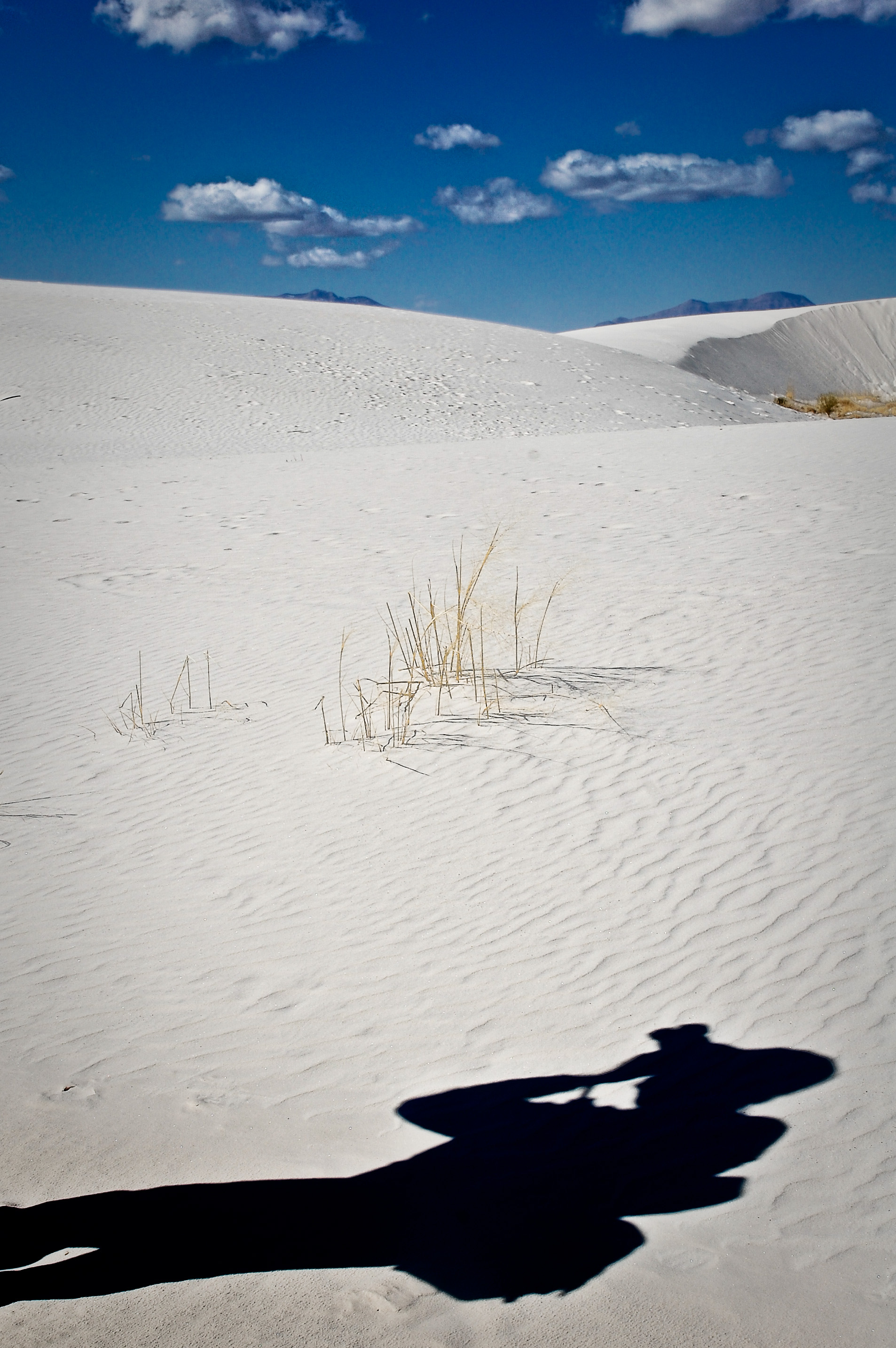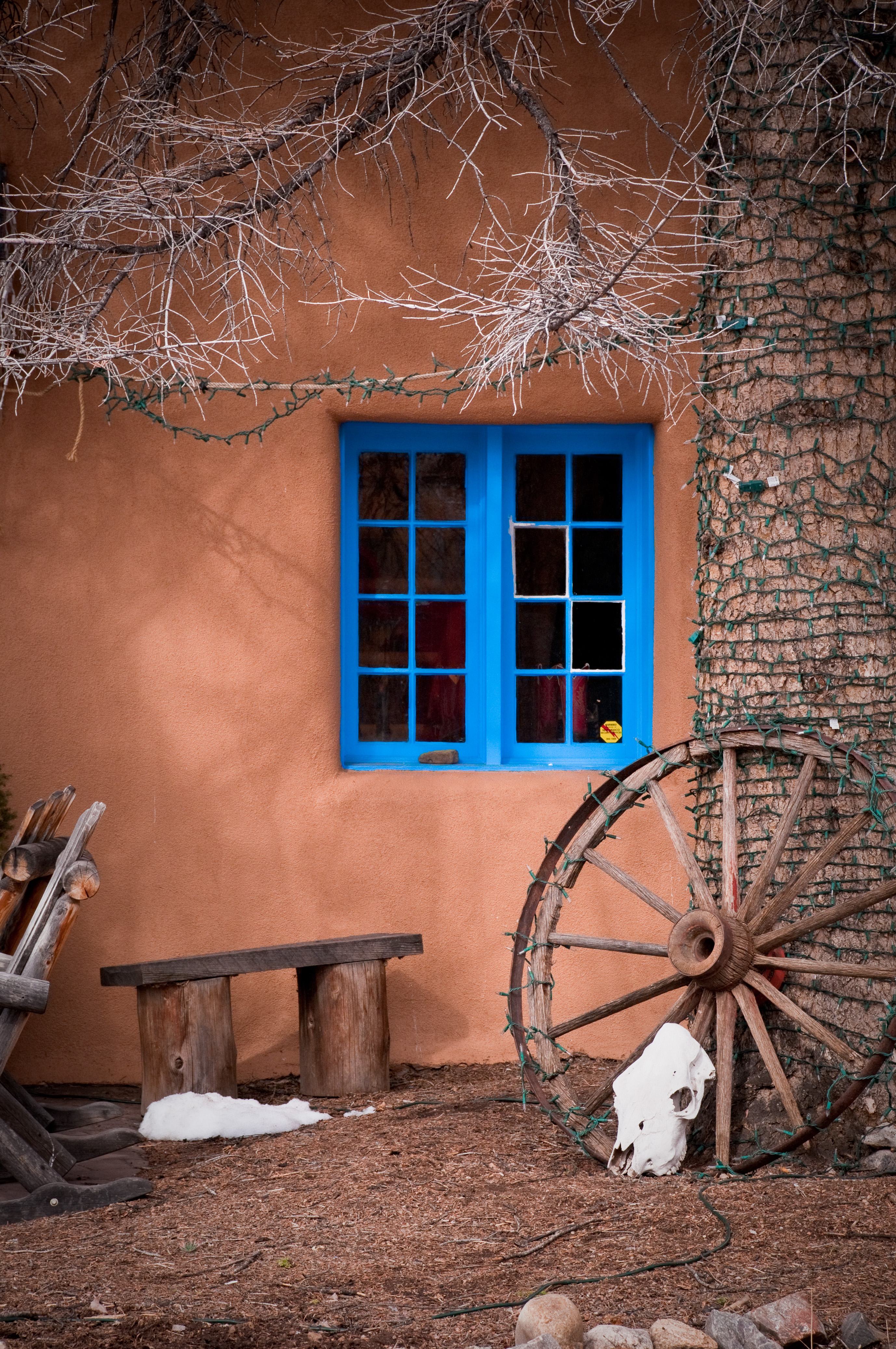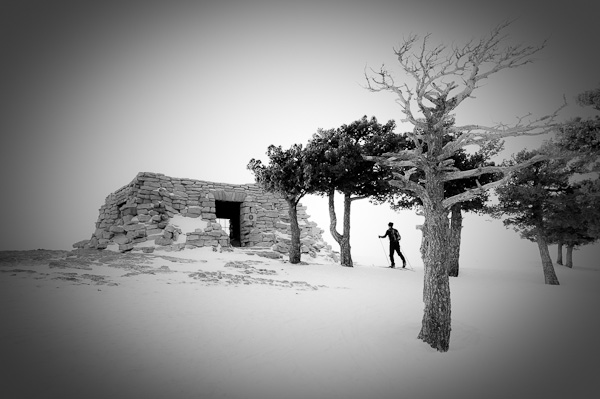 I have become more critical of my photographic work lately. Much more critical. I don’t mean self-critical in the way that many of us become thinking “this sucks. I’m never going to be any good at it.”–though those thoughts do creep in from time to time like they do for most of us. Instead I mean more discerning about what I would like to say with my photographs. If photography can be a visual language, then what am I going to use my voice for?
I have become more critical of my photographic work lately. Much more critical. I don’t mean self-critical in the way that many of us become thinking “this sucks. I’m never going to be any good at it.”–though those thoughts do creep in from time to time like they do for most of us. Instead I mean more discerning about what I would like to say with my photographs. If photography can be a visual language, then what am I going to use my voice for?
You see, I feel I have become a decent snapshot-ist. I can take some pretty pictures of people and places. I can make memorable images (at least to me and my family) of my vacations and events that are important to us. But this medium has the ability to do so much more and I would like to do that. I don’t know how, yet. But the process appears to have begun; I’ve become more critical of my work.
So how do I know if I am on track with an image? Well, it has to feel right. If images are a visual language, feelings are the receptor for that language. My hope is to move others with my photography, and in order to accomplish this the core message of the images needs to be emotional in nature. As a result the first question I need to ask myself when viewing newly created is, “what is this image about?” The thing to keep in mind is that the subject and the subject matter of a photograph are different things. The subject matter is the “stuff” in the frame of the image: the chairs, lights, raindrops, people, places, etc. The subject is what that “stuff”, represented in that way, is pointing toward: an emotion; a theme. The photographer will be aware of the difference while the snapshot-ist may not, at least not cognitively.
Knowing that images are processed in the right hemisphere of the brain and are therefore pre-verbal, perhaps even beyond verbal, can be helpful in discovering the subject of any individual photograph. When making an image I have begun to ask myself “what is this image about?” and attempting to answer that question with short, one or two word descriptions: love; joy; hope; loss; transcendence; rage; resistance; innocence; growth; change; jealousy; peace or whatever. While also helpful in encouraging my emotional literacy, this exercise is also helpful in making me attentive to my internal reaction to an external representation. This reaction of mine might be similar to someone else’s internal emotional response to the same image.
To put it another way, I have become aware that photography is a way for me to communicate my understanding of my experience in this world with others. While I have been able to do so successfully with family and close friends (ie: those with similarly shared experiences) I am longing to communicate with others outside my own house, per se. So I need to get more specific and universal with my languaging.
Can you see why I’ve become pickier? It is not easy to do. Yet, like most things worthwhile, it is valuable to do so.
How have you been pushing the envelope of your visual language and therefore of your creativity? I would love to know.


